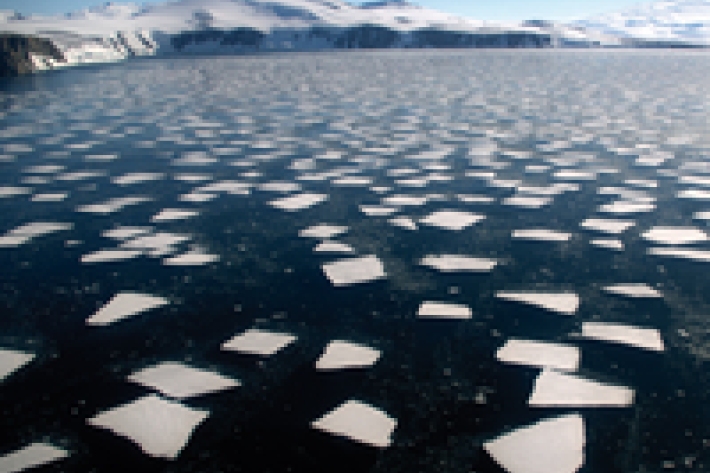
Drought forecasting dashboard
NIWA and MPI are working together to develop a new drought forecasting tool. It uses innovative climate modelling, the latest in machine learning and other data-driven techniques to predict rainfall 35 days ahead. It will help farmers and growers better prepare for periods of dryness and drought.
Climate and weather
-

Improving seasonal climate forecasts
Feature story08 February 2016NIWA’s climate scientists are working to improve seasonal climate forecasts. -

NIWA's Hotspot Watch
Hotspot05 February 2016A weekly update describing soil moisture across the country to help assess whether severely to extremely dry conditions are occurring or imminent. -

Meeting the challenge of ocean acidification
Feature story01 February 2016New Zealand’s answer to ocean acidification is a model of the ‘best team’ approach – when organisations pool talent and resources to find solutions to national, or global, issues.] -

NIWA's Hotspot Watch
Hotspot29 January 2016A weekly update describing soil moisture across the country to help assess whether severely to extremely dry conditions are occurring or imminent. -

NIWA's Hotspot Watch
Hotspot22 January 2016Over the past week, soil moisture levels across the North Island have mostly remained the same or increased. -

Field work and collections
Climate Present and Past is involved with maintaining nationally important collections and undertaking field work. -

Extremes
Although New Zealand is located in a temperate region, the country still experiences extreme climatic conditions from time to time. -

Trends
The Earth’s climate experiences changes caused by natural fluctuations as well as human influences. These result in trends over time for different climatic variables. -

Synoptic types
New Zealand is affected by weather systems which originate over the seas around the country, which can be characterised as 12 daily weather types. -

ACRE Antarctica
ACRE Antarctica is a project within the Deep South National Science Challenge. -

ACRE Pacific
ACRE Pacific is a NIWA-led part of the the wider ACRE initiative, run by the UK Met Office. -

PICT (Past Interpretation of Climate) tool
The Past Interpretation of Climate Tool (PICT) is an interactive platform that "allows palaeoclimate researchers to interpret data in terms of atmospheric circulation (AC) patterns and how those patterns relate to synoptic weather types".
